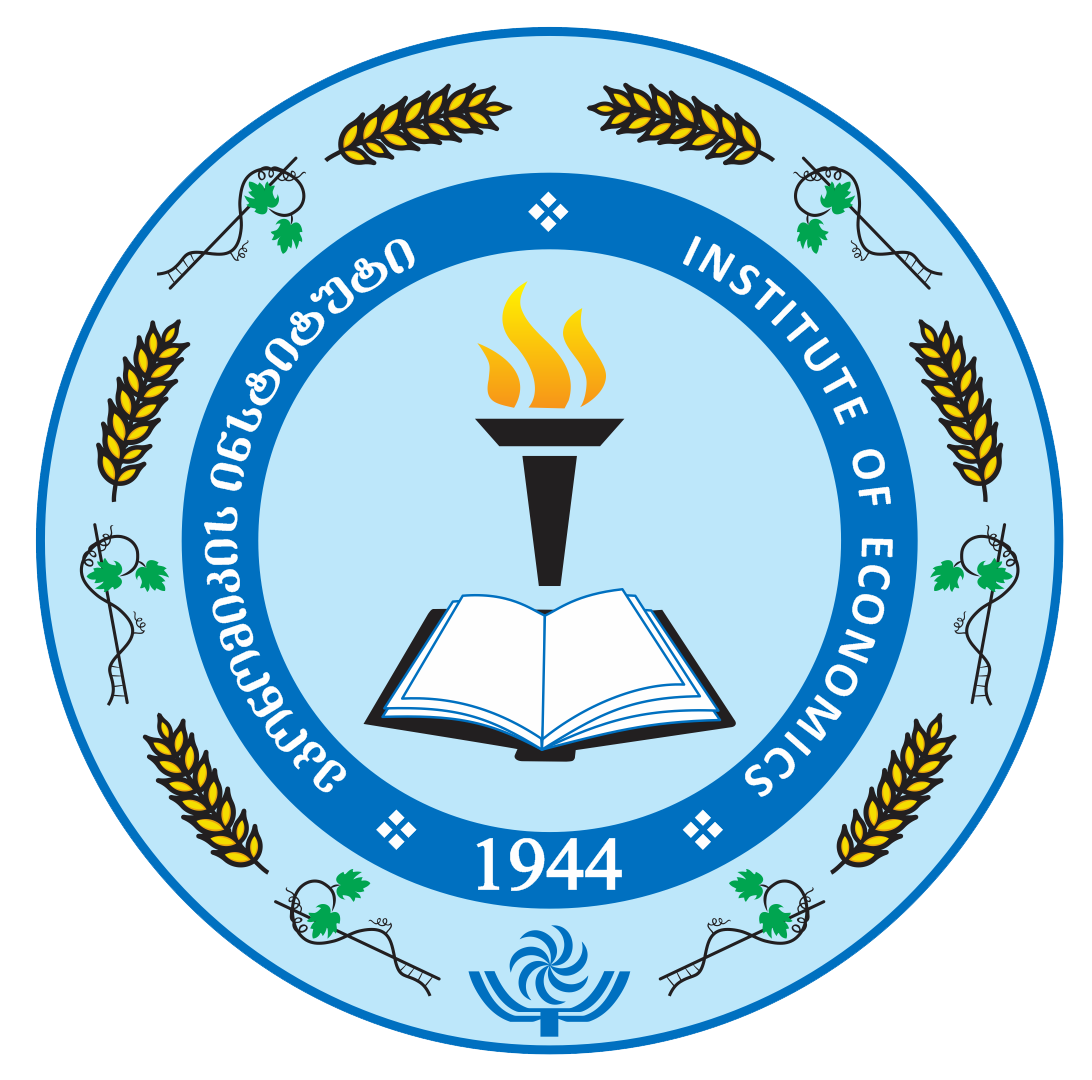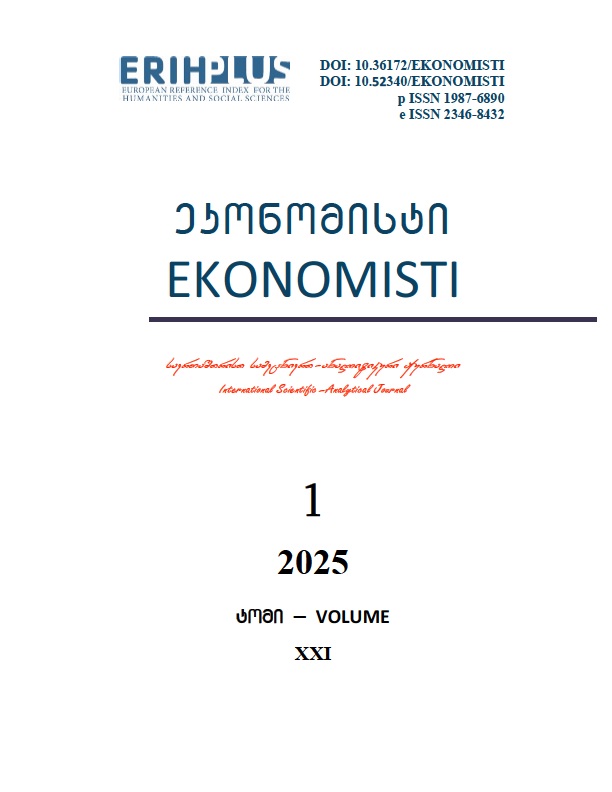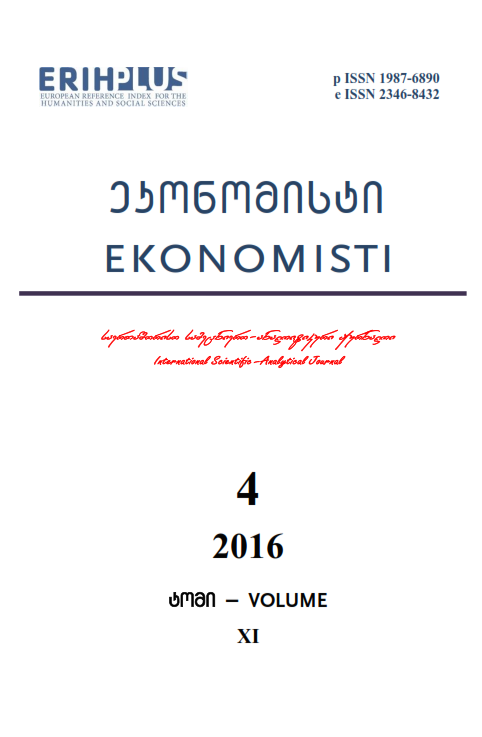
The international scientific and analytical, reviewed, printing and electronic journal of Paata Gugushvili Institute of Economics of Ivane Javakhishvili Tbilisi State University

ANALYSIS OF SOME SOCIAL FACTORS AFFECTING THE STANDARD OF LIVING OF THE RURAL POPULATION OF THE REPUBLIC OF AZERBAIJAN
DOI: 10.36172/EKONOMISTI.2021.XVII.01.ALIEVA
Expanded Summary
The article "Analysis of some social factors affecting the standard of living of the rural population in the Republic of Azerbaijan" are considered factors such as education, health, pensions, social assistance. It is noted that the high level of education increases the possibilities of income of the population. This, in turn, positive effect on raising the standard of living of the population. Analysis Materials of the Survey of Households of the Statistical Committee of the Republic of Azerbaijan shows that the monetary income of the head of household households with higher education was higher compared with the head of households with initial and incomplete education. The same result can be seen when comparing their consumer spending. For this reason, it is necessary to solve problems related to the formation of in rural areas. Measures are taken to improve the quality of education within the programs adopted in recent years. The article discusses programs adopted for training and their results.
The role of pre-school education in the formation of mental, physical, creative potential and the identity of children is great. In this regard, the level of coverage of children of 1-5 years with pre-school education in rural areas and existing problems in this area are analyzed.
The expansion of young people in rural areas to acquire technical and professional skills can play an important role in ensuring their employment. In this regard, the "Strategic Road Map of Vocational Education and Training in the Republic of Azerbaijan" approved by the Presidential Development and Training in the Republic of Azerbaijan "is devoted to important strategic goals, such as the use of tools to facilitate the achievement of vocational education goals in the country.
The article also addresses many reforms and measures implemented in the health sector in recent years. The importance and purpose of adopted programs are discussed.
It should be noted that there is a direct connection. Between the development of a health system and an increase in life expectancy. Based on the materials of the State Committee on Statistics of the Republic of Azerbaijan, the rate of life expectancy at the birth of the rural population is analyzed.
It is known that it is at the expense of investments in the education and health care of the country can achieve economic development and a high standard of living. Good health and knowledge increase the chances of a person to receive income. A healthy man and busy working work can take care of himself and their family better than others. In this regard, the article compares the proportion of expenditures on education and health care in GDP in our republic, some developed countries and post-Soviet countries on the statistics of the World Bank.
The article also analyzes such factors as pensions and social payments affecting the standard of living. The measures and consequences that adopted in recent years have been discussed to improve the quality of life of the population, especially low-income families and socially vulnerable groups. It was noted that in recent years, the number of families receiving targeted social assistance has decreased as a result of the measures taken. Reducing the number of families receiving assistance allows you to increase the amount of benefits paid to low-income families, compared with previous years. The trend of changes in the structure of monetary incomes of social transfers is analyzed and estimated.
At the end of the article, a proposal for the development of the social sphere in rural areas is made.
Keywords: social factors, education level, health sector, living standard, rural population, pension, pre-school education, life expectancy at birth, education and health consumption, income.

